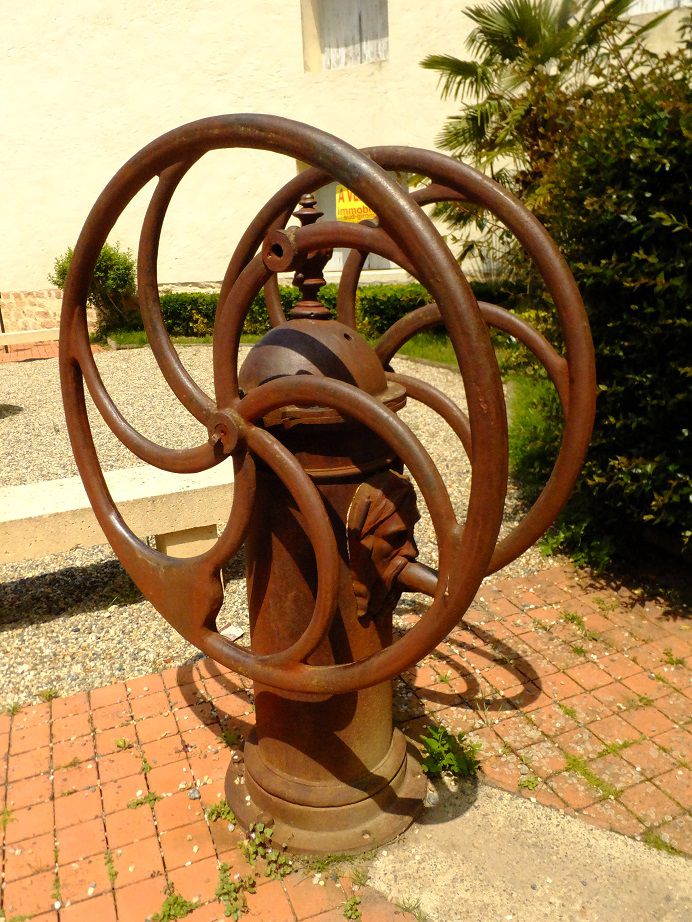A long, long time ago, the city of Saint-Macaire was known as the godchild of Bordeaux. But that was back in the Middle Ages, a time of prosperity for this agricultural market and warehouse center on the Garonne River. The town's history dates back even earlier to the fifth century when the traveling Greek monk Marcarius gave the area his name.
 |
| Along the remaining city walls in Saint-Macaire |
The Wars of Religion took their toll on Saint-Maricus and adding insult to injury, the Garonne's banks shifted and no longer passed through the town. Saint-Macaire, as it had become known, had an economic revitalization in the 18th century, thanks to the stone industry. But the stone carvers were a little over-zealous. The castle and town walls were dismantled and the stones were sent to Bordeaux to be used in the construction of the Stone Bridge there. And too-deep quarries under the village threatened homes.
 |
| Ancient stone tablets in Saint-Macaire |
 |
| The ancient city walls of Saint-Macaire |
Saint-Macaire's decline continued until the 1980s when an effort was made to restore the medieval charm of the city. In recent decades, the city has enjoyed growth that comes along with a revitalized tourism industry.
 |
| Archway in Saint-Macaire |
On our recent visit, we spend about two hours wandering around. Highlights include beautiful murals in L'église Saint-Saviour and a leisurely walk along the ramparts overlooking a large green park. The city offers several interesting restaurants and contains all the usual amenities. The tourism office was closed for lunch during our visit, which was unfortunate because I would have loved to have a map. (Why can't all tourism offices offer maps on outside racks?)








No comments:
Post a Comment